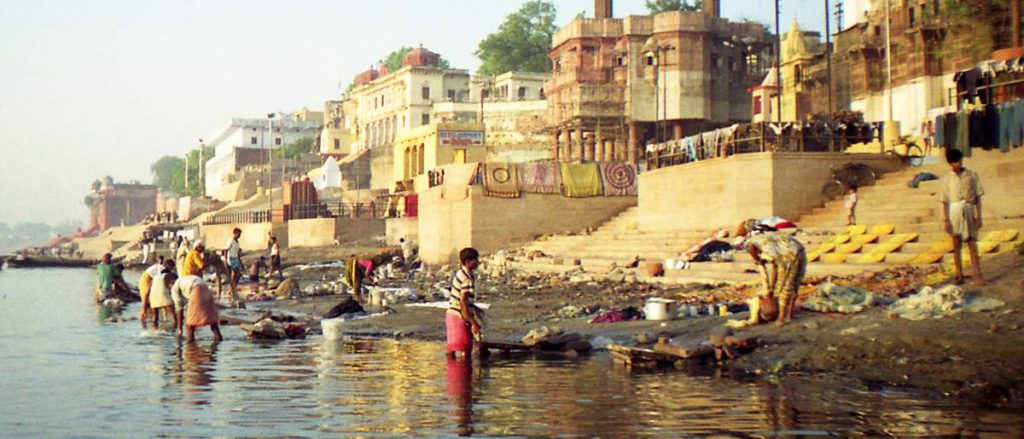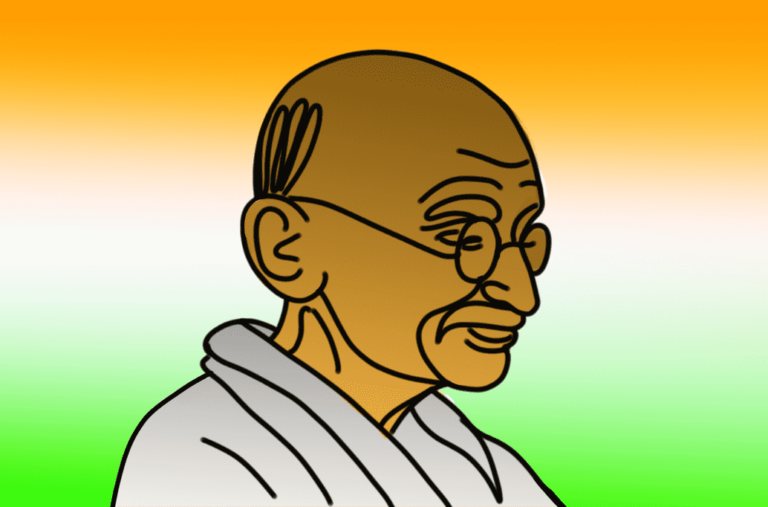River Ganga and the curse of pollution

Ghurni is currently pursuing Sociology Major from Jadavpur University, Kolkata. She is an avid writer, associated with several research projects in the field of Sociology and Social Work.

[responsivevoice_button voice=”US English Female” buttontext=”Read out this Theel for me”]
The Ganges, popularly known as ‘Ganga’ in Hindi and other Indian languages (2601km in length), is the longest and most sacred river according to Hinduism. It is a trans-boundary South Asian river flowing through India and Bangladesh after originating from the Gangotri Glacier of the Himalayas in Uttarakhand and emptying into the Bay of Bengal along with its several tributaries (Ramganga, Garra, Gomti, Ghaghara, Gandak, Koshi, Mahananda, the Brahmaputra as left bank tributaries and Yamuna, Tamsa, Sone, Punpuri, Falgu, Kiul, Karamnas, Chandan, Ajoy, Damodar, Rupnaryan as right bank tributaries). The hydrology of the Ganga river is very complex, especially in the Ganges Delta region and the upper course of the river. The Ganges originates at the confluence of Bhagirathi and Alaknanda rivers in Devaprayag in the Garhwal Division of Uttarakhand. The Bhagirathi is of utmost importance as it is considered to be the source according to Hindu culture and mythology.
Alaknanda is considered to be the hydrological source stream. The six headstreams Alaknanda, Dhauli Ganga, Nandakini, Pindar, Mandakini, and Bhagirathi that confluence with the river Ganga are regarded as PanchPrayag. It then flows as Ganga and branches out its first distributary at Farakka, known as Bhagirathi-Hooghly. River Hooghly develops with the confluence of Bhagirathi and Ajay river at Katwa, and river Damodar (676km) is its largest tributary with a drainage system. The Hooghly River empties itself into the Bay of Bengal near Sagar Island. The main branch of the Ganga river is widely regarded as the Padma, which is joined by River Jamuna, the largest distributary of Brahmaputra after entering Bangladesh. The Ganges delta, which is the world’s largest delta, composed of the sediment-laden flow of the Ganges stretches along the Bay of Bengal for 400 km. The Indo-Gangetic Plain is also geographically regarded as the Foredeep or Foreland Basin. The Ganges is considered to be a lifeline for the people residing along its course. River Ganga has huge historical significance as many former provincial or imperial capitals, for instance, Kashi, Allahabad, Murshidabad, Pataliputra, Kannauj, Kara, Munger, Baharampur, Kampilya, and Kolkata, were formed along its banks. This sacred river, though, is threatened by acute pollution, which not only questions the life of humans but also puts marine life in danger. An environmental initiative known as the Ganga Action plan has been implemented to clean up the river. However, it turned out to be a failure intertwined with issues like lack of will, corruption, proper environmental planning, and poor technical expertise.
The threat of Pollution in the river Ganga risks not only human civilization but also the environment in general. River Ganga provides water to 40 percent of the population, estimating approximately 500 million people, which is more than any other river across eleven states. It is deeply overloaded with industrial contaminants and human waste materials. The “most sacred and holy “river Ganga is ranked as the world’s sixth “polluted rivers.” Though pollution in the river Ganga is an age-old phenomenon still until the late 1970s, it was observed by photographer Raghubir Singh that none was aware of that fact six hundred kilometers were declared as dead zones. Several initiatives were undertaken to clean up the river. One such project was the ‘Namami Gange Project, ‘ which was undertaken by the Government in the June 2014 Budget, and approximately 2958 crores were spent for this purpose with the agenda of making mother Ganga pollution-free.
An increase in population density, various human actions, for instance, bathing of humans and animals, washing clothes, and dumping of industrial wastes, are chief factors for pollution. Contribution from Human waste, industrial waste, waste originated from various religious rituals, dams and pumping stations have led to the critical condition of the river. Even the overall rate was considered to be 66 percent, including waterborne, enteric diseases such as acute gastrointestinal disease.
Systematic classification organized by Uttarakhand Environment Protection and Pollution Control Boards (UEPPCB) marked the pollution of the Ganges to be in the D category(excessive pollution category). Even the presence of Coliform bacteria in the river water is excess, which is unsuitable for agricultural purposes, drinking, and bathing.
A study organized by the National Cancer Registry under the Indian Council of Medical Research in the year 2012 opined that the residents living in banks of Bihar and Uttar Pradesh are more Cancer prone. The impact and effect of this pollution endanger marine life. The decreasing population of the Ganges River Dolphin (one of few species of freshwater dolphins ) can be cited as a vivid example. The establishment of hydroelectric and irrigation dams along the course of the Ganges has been one of the main reasons behind their swift extinction.
It is to be highlighted that the construction of dams along the course would submerge the areas nearby or the covering forests, thus endangering wildlife (flora and fauna). Analysis of the Ganges water in the year 2006 and 2007 threw light on how water-borne diseases such as dysentery, cholera, hepatitis, severe diarrhea are carried by polluted water of the river Ganges, causing most number of children’s death in India.
With the focus being on the disastrous impact of the pollution of the river Ganga, several clean up efforts were crucial and have been implemented. In 1905 Madana Mohan Malviya established an Indian organization widely regarded as Ganga Mahasabha, which aimed at having the pollution-free Ganges. This was followed by The Ganga Action Plan established by Rajiv Gandhi with the aim of detoxifying the quality of water of river Ganges. Some of its objectives were to control nonpoint pollution from agricultural runoff, contamination from human remains, development of research to conserve biotic diversity of the river so that the productivity of the river remains intact, the establishment of sewage treatment technology, for instance, UASB (Up-Flow Anaerobic Sludge Blanket) and sewage treatment.
The main objective of the Ganga Action Plan is integrated river basin management as it considers the dynamic associations between biotic and abiotic ecosystems. On 20th February 2009, under section 3b of the Environment Protection Act 1986, the National River Ganga Basin Authority (NRGBA) declared River Ganga as the National river of India. The objectives of the Namami Gange Programme focused on conservation, eradication of pollution, and, most significantly, the rejuvenation of the Ganges. As part of this initiative, the Government of India ordered the closing of 48 industrial units along Gangetic course though the main grounds for the Namami Gange Programme are Sewage Treatment Infrastructure, River Front Development, River Surface Cleaning, Biodiversity, afforestation, public awareness programs, Industrial Effluent Monitoring, the Ganga Gram and the Ganga Manthan initiatives. A national conference was undertaken to discuss issues and possibilities for cleaning the river. The funds for the Clean Ganga Fund are being utilized for cleaning river water, establishing waste treatment plants, conserving biotic diversity. Apart from that, there were several protests undertaken for purifying the river water of Ganges. Among the activists, Nigamanand and Professor GD Agrawal deserve special mention.
Conclusion
It was evident that the crucial rising condition of the pollution in the Ganges slowed down during the lockdown period due to the Covid-19 pandemic, and it should be kept in mind that it’s the need of the hour to save river water of Ganges for the smooth running of the human civilization as it’s the Lifeline to the nation.
Featured Image Credits: Wikimedia








